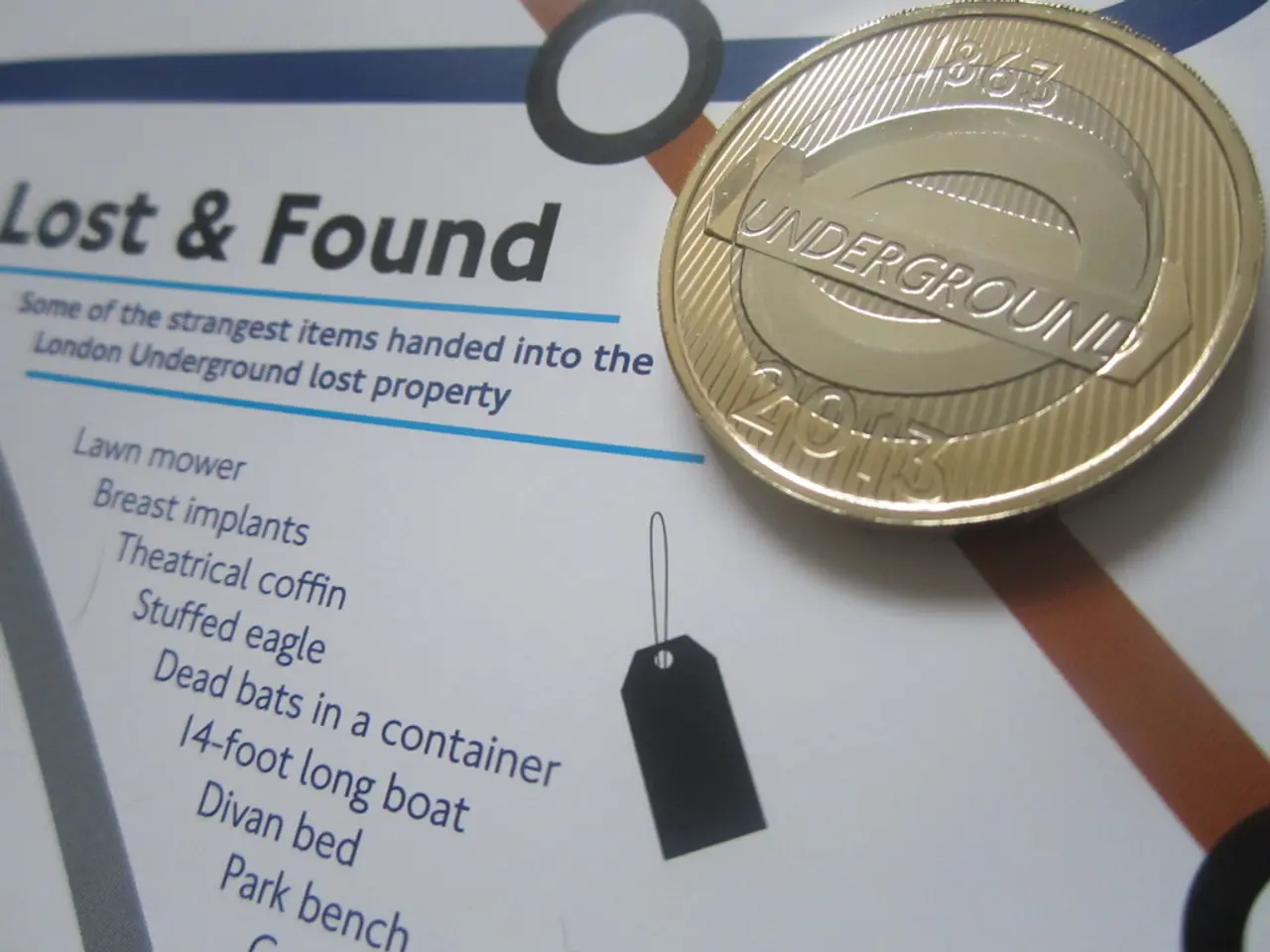Major financial institutions DB, Santander, and StanChart are counseling Circle on the development of a new stablecoin-based payments network.
In a bold move to revolutionize cross-border payments, Circle, a leading stablecoin issuer, has announced the launch of the Circle Payments Network (CPN). This global, real-time, near-instant payment infrastructure aims to leverage USDC, a fully-backed stablecoin, to enable seamless movement of money across borders 24/7 with significantly reduced friction compared to traditional systems.
CPN serves as an orchestration layer, directing when and how tokens are transferred between participants to complete cross-border payments efficiently. It does not hold funds or manage customer accounts but acts as the technology backbone, connecting banks and fintechs so they can process stablecoin transactions in a secure and compliant manner.
Key mechanisms enabling CPN include the USDC stablecoin, direct settlement, Circle Gateway, and integration with Arc blockchain. The USDC stablecoin acts as digital cash that can be moved and settled instantly across borders. Direct settlement allows participating institutions to settle transactions directly with each other, avoiding intermediaries and delays. Circle Gateway provides instant, cross-chain USDC liquidity, removing the need for bridging tokens or prepositioning capital. The Arc blockchain, designed specifically for stablecoin finance and cross-border payments, will serve as foundational infrastructure supporting CPN and stablecoin transactions.
CPN's goal is to facilitate consumer, business, and institutional payments, positioning Circle as a major player in the future of global finance. The network already supports multiple active payment corridors and has over 100 financial institutions in the pipeline to expand its global network and enterprise capabilities by the end of 2025.
Notably, CPN will transition to a fully on-chain architecture for FX routing, aggregation, and settlement. It will also integrate with Fireblocks, a platform connected to 2,000 institutions, many of them crypto firms. Circle is collaborating with banks such as Deutsche Bank, Santander, Societe Generale, and Standard Chartered, as well as 28 payment firms, to design the network.
Nikhil Chandhok, Chief Product and Technology Officer at Circle, stated that CPN's programmable infrastructure enables the embedding of value transfer into modern financial applications. The network's business model involves three sets of fees: payout fees for financial institutions in the recipient country, FX spreads, and a network fee (a variable basis-point charge, tiered by country group) charged by Circle.
Meanwhile, a new startup, Ubyx, is eyeing the same space as CPN but is willing to work with a variety of stablecoins, potentially leveling the playing field for smaller stablecoins. Ubyx's founder comes from the banking space, suggesting a slightly greater emphasis on banks. Ubyx's success could potentially prevent the oligopoly of stablecoins.
In other news, Circle recently filed for an IPO at the start of this month, but the timing remains uncertain due to stock market volatility following recent sanctions announcements. As CPN continues to evolve, it promises to deliver a frictionless, transparent, and compliant global payment network that outpaces traditional cross-border payment systems in speed, cost, and accessibility.
The Circle Payments Network (CPN), with its technology backbone, aims to connect banks and fintechs for processing stablecoin transactions in a secure and compliant manner, leveraging USDC, a fully-backed stablecoin, for seamless cross-border payments. CPN's future business model includes payout fees for financial institutions, FX spreads, and a network fee charged by Circle.




